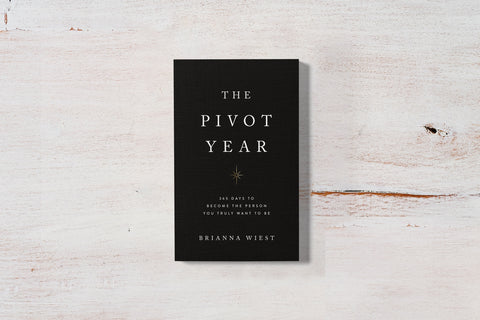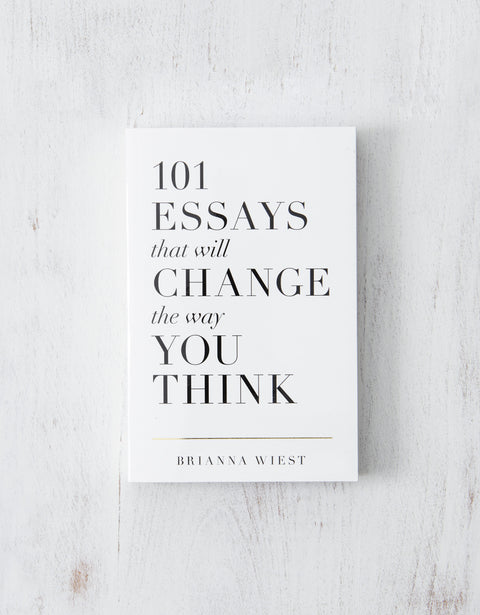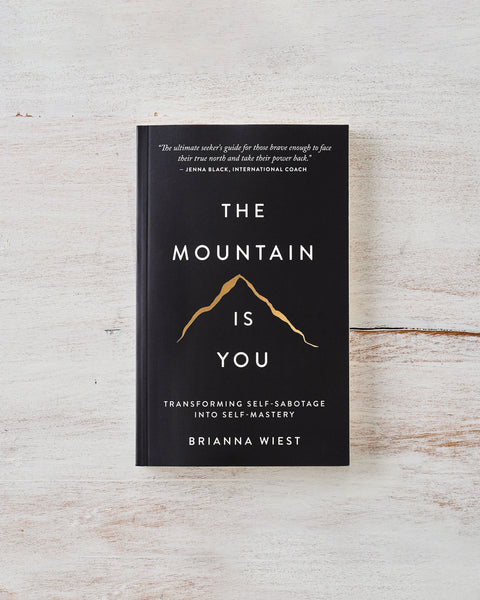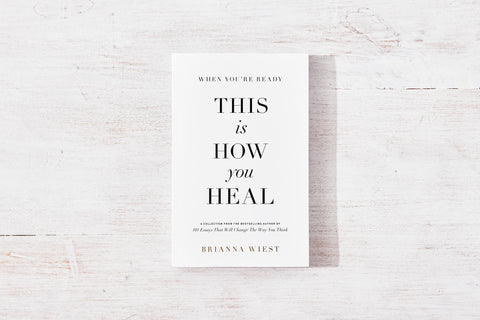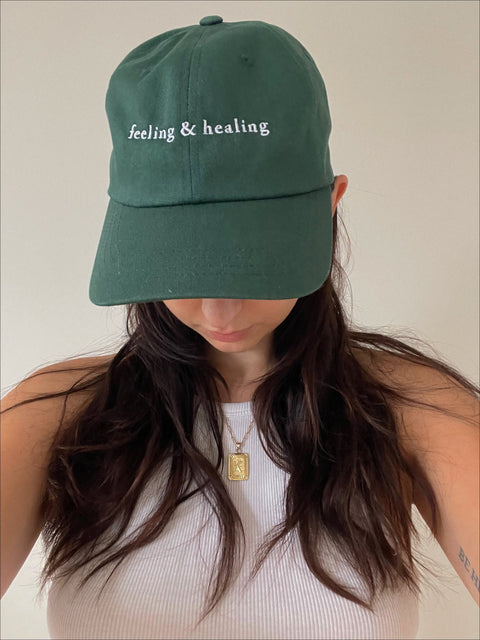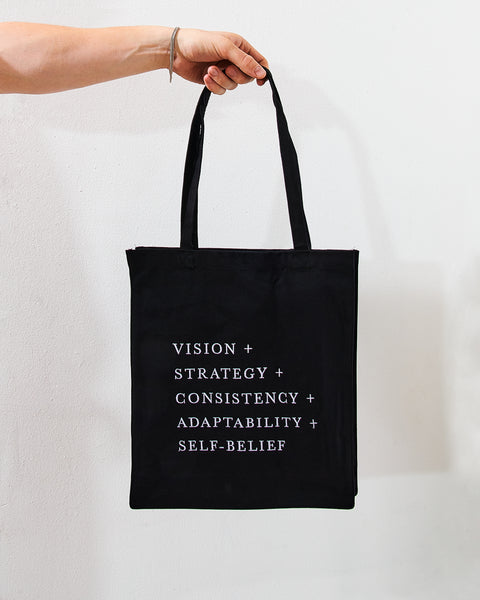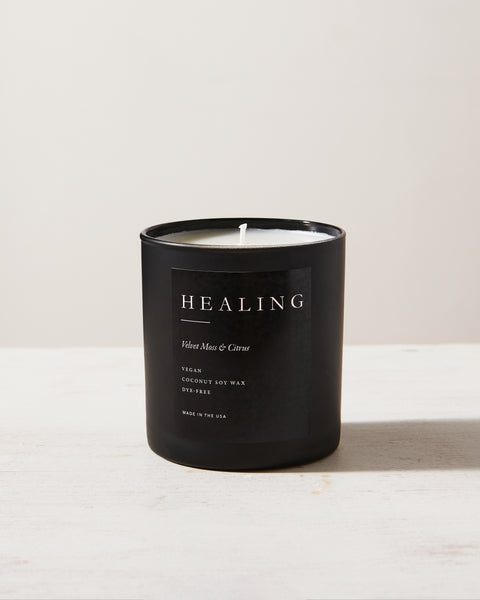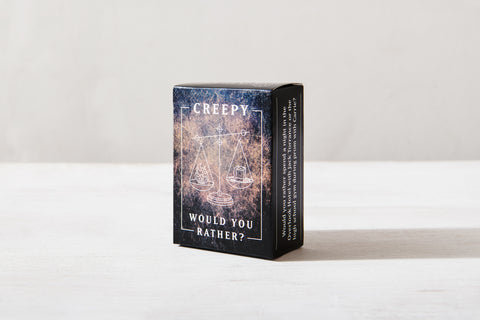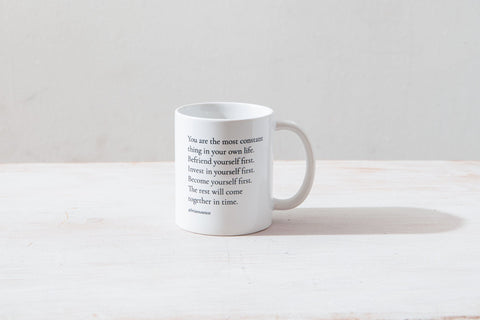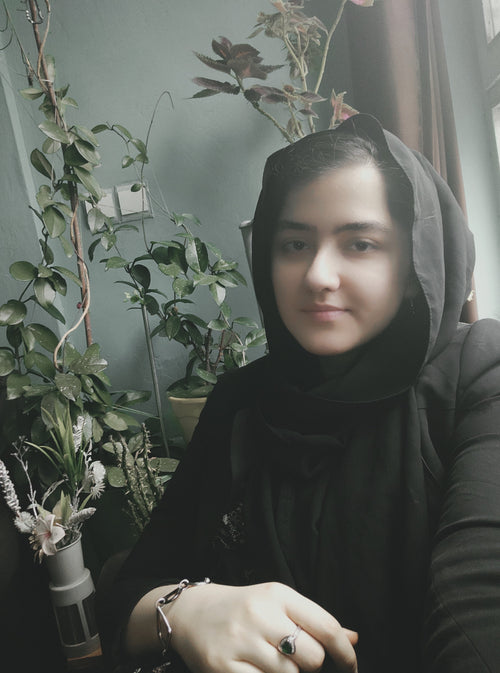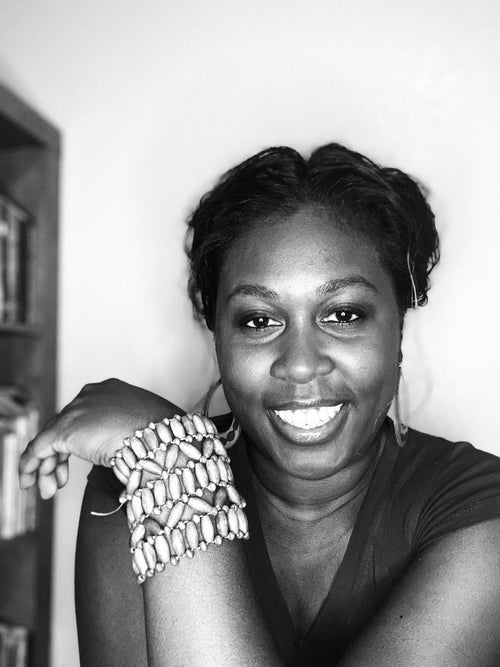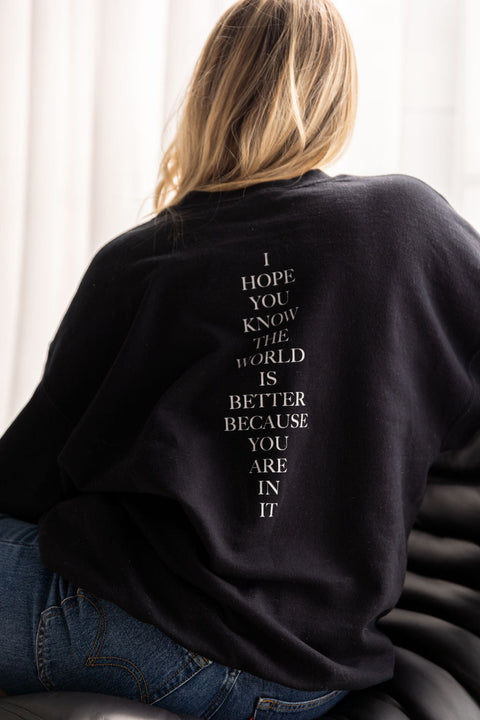Interview: Shahida Arabi On Being A Bestselling Author, Poetry, And Channeling Pain Into Purpose

When did you first become interested in writing?
Writing and poetry have been a part of my life since I was a child. My mother was a professor in Bangladesh and didn’t always have a babysitter available when she went to teach. So there were times when she would take me to her classroom as a kid. She would have me read aloud very simple rhymes from English poetry books at the beginning of class as a four-year-old. Her students loved it!
I can’t remember a time I wasn’t writing. When I came to the U.S., I remained a voracious reader and started writing my own stories at the age of six. I have a very vivid memory of my first written piece. It was a horror story that I handed to my first-grade teacher, who pretended to be petrified as she read it. As a teenager, I was obsessed with writing creative fiction, poetry and even fanfiction. My teachers would read my stories aloud to the class and pass around my “novellas.” Between the ages 11-13, I wrote over a hundred stories online under a pen name. In graduate school, I became super interested in research and learned to add academic and research-based writing to my toolbox as well. All of this gave me a lot of practice early on to pursue writing as a career.

What style of writing are you drawn to? Are there any authors who inspire you?
I have very eclectic taste! I am drawn to essays, confessional writing, and poetic prose. I also love satire and books that synthesize research in an interesting way. Self-help and psychology are definitely the genres I read the most. Articles and books that do a good job of conveying emotion, imparting wisdom and telling a story move me. The authors who currently inspire me include Nayyirah Waheed, Warsan Shire, Sandra Cisneros, Louise Hay, Jen Sincero, Dr. Martha Stout, Naomi Wolf, and J.K. Rowling. They all have different styles and each brings something unique to the table, but one thing they all have in common is that they’re all badass women with a mission!
What inspired you to write She Who Destroys the Light: Fairy Tales Gone Wrong?

When I was in high school, I won a citywide poetry contest for a poem called “She Who Destroys the Light.” This is a poem I also included in this poetry collection. I was super interested in mythology back then, so I wrote it about a toxic relationship using the myth of Persephone and Hades. ‘She Who Destroys the Light’ is said to be a literal translation of Persephone’s name. Hades kidnaps the goddess Persephone and takes her down to the underworld. For me, that was a very adept analogy for the ways in which a toxic person can deplete his or her victim. Whenever Persephone goes down periodically to the underworld, winter comes and all the flowers die. In the poem, references to death and rebirth (along with spring and winter) abound, representing the darkness that unfolds in a toxic relationship and the figurative death of the psyche.
Since then, I grew very attached to the idea of “fairy tales gone wrong,” using folklore, mythology, biblical themes and fairy tales as metaphors for the ways in which our lives can take a turn. I wanted my poetry to creatively speak to people who had been in these types of relationships with manipulators. The collection is broken into three parts representing the survivor’s journey, which I call “the holy trinity.” This includes: catharsis, crucifixion, and resurrection.
The poems range from short to long but are always knee-deep in allusions and rich in metaphors. The fairy tale theme allowed me to invert certain tales and examine the nature of female oppression and empowerment. In this collection, Beauty is abused by the Beast; the “crumbs” that Hansel and Gretel follow represent the crumbs that an emotionally abusive partner gives us to keep us ensnared. Rapunzel’s “hair of spun gold” becomes a metaphor for the way she transforms the hatred of others into abundance. Little Red Riding Hood takes on the wolf – and she wins.
Many of the poems in this collection deal candidly with dark issues like trauma, abuse, and heartbreak, yet the poems in the third chapter deal with self-love and healthier beginnings. It explores the psychological deaths we endure through the adversity of life as well as the resurrection that is possible.
What are the most popular poems in the book?
So many people have resonated with my poem, “Letter from an Empath To A Toxic Person,” which is about setting boundaries with toxic people and not being someone’s emotional punching bag. Whenever I post an excerpt from that poem on social media, it always speaks to a lot of people. I think it’s because it rails against the popular idea that showing compassion means tolerating a certain level of toxicity. This poem provides a healthier look at showing compassion for ourselves and knowing that while we can be empathic to someone else’s struggle, we are not responsible for “fixing” others, nor are we responsible for withstanding their mistreatment. Some other poems that are popular include my poems “Prince Charming,” “Leave,” “The Man With Two Masks,” and “Gaslighting.” All of these deal with the impact of psychological abuse and uncovering that the person you thought loved you was your tormentor all along.
Not only do you write poetry, you’re also a bestselling author of three books and prolific essayist whose viral articles on narcissism have reached millions of readers. Can you tell us more about why you write specifically about narcissistic abuse?
Narcissistic abuse is a form of covert emotional abuse that affects millions of people all over the world. So many people have come across a narcissist in their lives, whether it’s been a romantic partner, a friend, family member, co-worker or acquaintance. So many are still reeling from painful experiences with these toxic individuals, experiencing everything from gaslighting to stonewalling. When I began writing about this, I had no idea what a powerful impact it would have. I was inspired by both my personal experiences as well as the research I’d done on the topic.
When my articles on narcissism went viral and my first book on narcissism became a #1 bestseller, it became clear to me that this topic resonated with so many. My other book, POWER: Surviving and Thriving After Narcissistic Abuse is an exploration of psychological abuse from all sides of the spectrum – how to spot a manipulator and identify the signs of a toxic relationship, but ultimately, how to also heal. I wanted readers to have a book that made the essays I had written accessible while also providing them with new, informative pieces.
Any advice for someone who wants their own book one day?
Write the book you’ve always wanted to read. Write the book that makes purpose out of your pain. Channel your experiences and creativity into something greater than yourself. You are here to represent yourself – no one else can do that for you. Take heart in the fact that your voice is needed and unique. Your story can change lives and affect those who’ve been through what you have, so never stop writing – and never give up.

Learn more about Shahida Arabi and her powerful poetry book ‘She Who Destroys the Light: Fairy Tales Gone Wrong’ here.
you may also like

